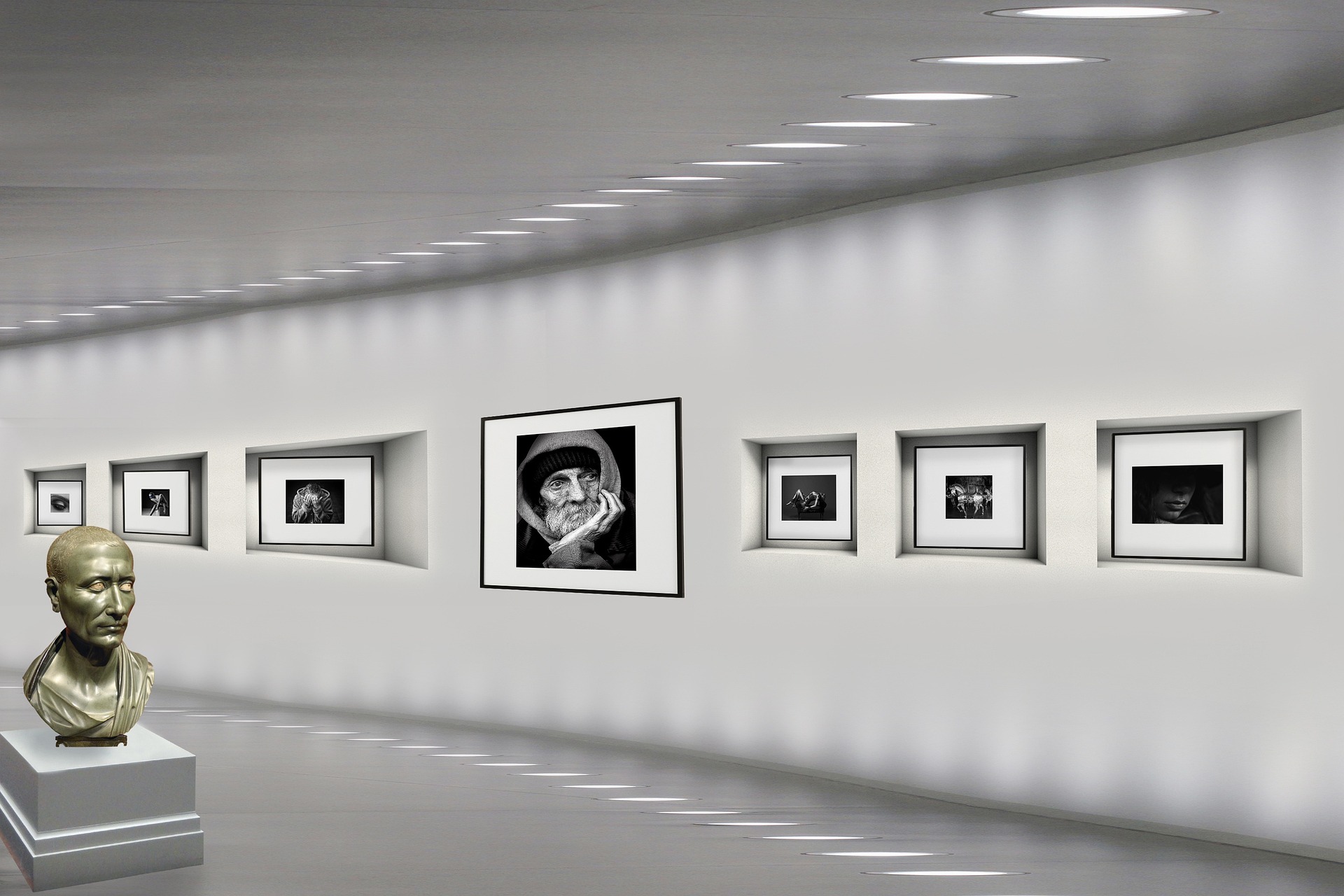Pioneering Pixels: The Artistic Influence of Digital Animation
Digital animation has revolutionized the world of art and entertainment, creating new possibilities for storytelling and visual expression. This article delves into the history, current trends and impact of this fascinating movement, offering a fresh perspective on an often overlooked aspect of the arts.

Introduction
Digital animation, once a fringe element of the arts and entertainment industry, has now become a mainstream medium for creative expression. Its evolution from rudimentary pixel graphics to the sophisticated animations we see today has not only transformed the entertainment landscape but also significantly impacted global artistic culture.
Origins and Evolution of Digital Animation
The origins of digital animation can be traced back to the 1960s, when computer scientists began experimenting with creating moving visuals using mainframe computers. Over the next few decades, technological advancements and the advent of personal computers facilitated the development of more sophisticated animation techniques.
In the 1990s, digital animation entered the mainstream with films like “Toy Story” pushing the boundaries of storytelling and visual aesthetics. The advent of the internet further propelled its growth, providing a platform for artists and animators to share their work with a global audience.
Digital Animation in the Current Scenario
Today, digital animation is ubiquitous, influencing everything from blockbuster films and television shows to video games and virtual reality experiences. With advancements in technology, animators are now able to create incredibly lifelike characters and environments, blurring the line between fiction and reality.
The rise of streaming platforms has also provided a boost to digital animation, offering a platform for innovative animated series and films. Moreover, the ongoing pandemic has highlighted the versatility of digital animation, as it allows for remote collaboration and production.
The Artistic Impact of Digital Animation
The impact of digital animation extends far beyond the realm of entertainment. It has opened up new avenues for artistic expression, allowing artists to push the boundaries of visual art. Digital animation has also democratized the art world, enabling anyone with a computer and the right software to create animations.
Moreover, the unique visual language of digital animation has influenced other art forms, including painting, sculpture, and installation art. Its principles are being used in contemporary dance and theatre to create innovative performances.
Reception and Significance
The reception of digital animation has been overwhelmingly positive, with audiences appreciating its unique storytelling capabilities and visual appeal. However, it has also faced criticism for overshadowing traditional animation techniques.
Despite these criticisms, the significance of digital animation in the arts and entertainment industry cannot be overstated. It has challenged traditional notions of art and storytelling, ushering in a new era of creativity and innovation.
Conclusion
Digital animation has come a long way from its humble beginnings, evolving into a powerful medium for artistic expression and storytelling. As technology continues to advance, it will undoubtedly continue to shape the future of the arts and entertainment industry, pushing the boundaries of what is possible in visual storytelling.




